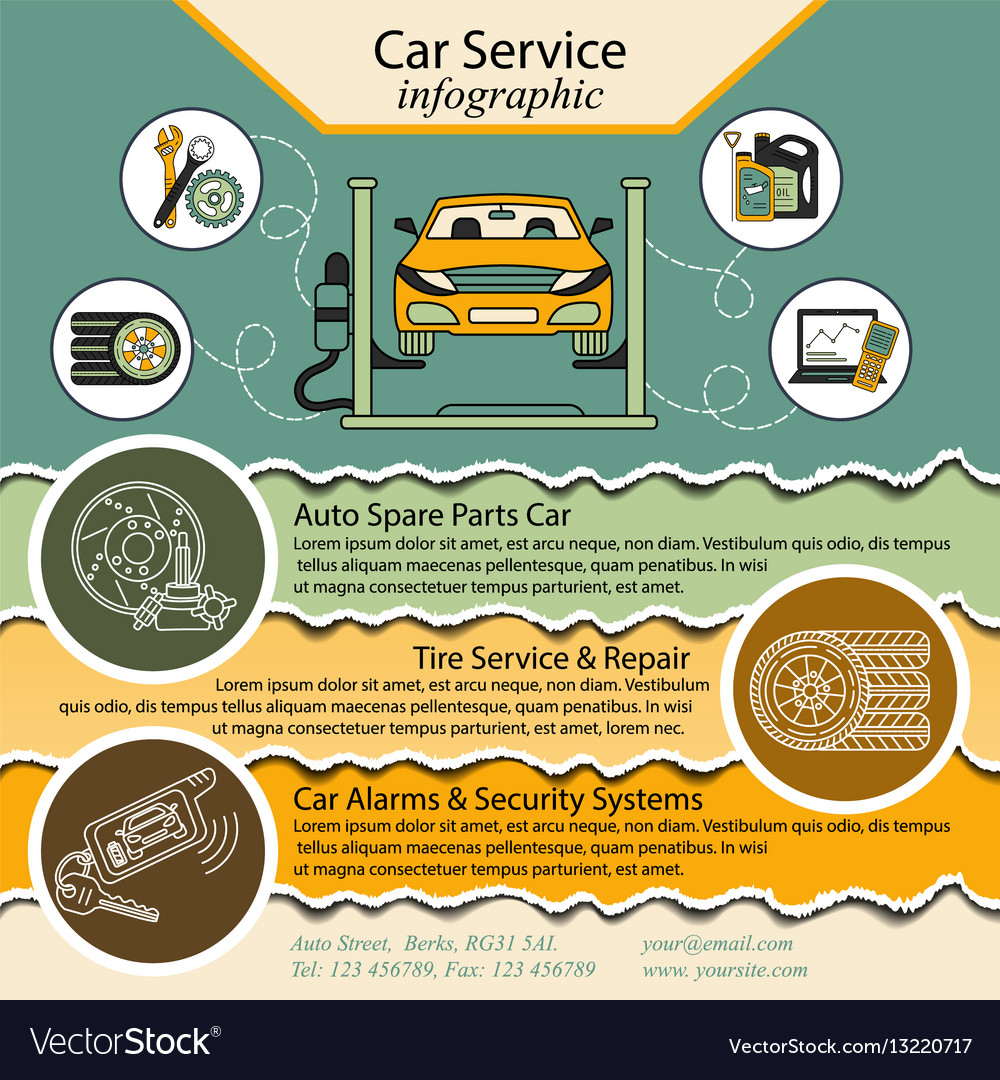Understanding Your Auto'S Caution Lighting: What Do They Truly Mean?
Understanding Your Auto'S Caution Lighting: What Do They Truly Mean?
Blog Article
Short Article Written By-Sykes Alvarado
When you lag the wheel, those radiant caution lights on your dashboard can be a little bit difficult. Do you understand what they're trying to inform you regarding your cars and truck's wellness? Comprehending the value of these lights is essential for your security and the durability of your automobile. So, the next time one of those lights turns up, would not you wish to analyze its message accurately and take the essential actions to address it?
Common Caution Lights and Interpretations
Determine typical warning lights in your auto and recognize their meanings to ensure secure driving.
The most typical caution lights consist of the check engine light, which signifies problems with the engine or discharges system. If this light comes on, it's essential to have your vehicle inspected quickly.
The oil pressure advising light indicates reduced oil stress, requiring instant focus to stop engine damage.
A blinking battery light might recommend a malfunctioning billing system, possibly leaving you stranded otherwise addressed.
The tire stress surveillance system (TPMS) light signals you to low tire pressure, affecting vehicle stability and fuel effectiveness. Disregarding this can bring about harmful driving conditions.
The abdominal light indicates an issue with the anti-lock stopping system, endangering your capacity to quit promptly in emergency situations.
Last but not least, the coolant temperature warning light warns of engine overheating, which can result in serious damage otherwise dealt with swiftly.
Understanding these typical warning lights will help you address problems promptly and keep risk-free driving problems.
Value of Prompt Attention
Comprehending the common caution lights in your auto is only the first step; the importance of without delay addressing these warnings can not be highlighted enough to ensure your security on the road.
When a warning light brightens on your control panel, it's your car's method of communicating a potential problem that requires attention. Overlooking these cautions can bring about a lot more serious issues down the road, endangering your safety and possibly costing you extra out of commission.
Trigger attention to cautioning lights can stop failures and accidents. As an example, a blinking check engine light can indicate a misfire that, if left ignored, might cause damage to the catalytic converter. Addressing detail car cleaning can save you from a costly repair.
Likewise, a brake system cautioning light could signal low brake fluid or used brake pads, vital parts for your safety when driving.
Do It Yourself Troubleshooting Tips
If you see a caution light on your control panel, there are a few do it yourself troubleshooting tips you can try prior to seeking specialist aid.
The primary step is to consult your vehicle's guidebook to comprehend what the particular caution light indicates. Often the problem can be as simple as a loose gas cap causing the check engine light. Tightening the gas cap might deal with the trouble.
One more typical issue is a reduced battery, which can set off numerous cautioning lights. Inspecting the battery links for deterioration and guaranteeing they're safe and secure might deal with the trouble.
If a warning light persists, you can try resetting it by separating the auto's battery for a few mins and after that reconnecting it. In visit my web site , examining your vehicle's fluid levels, such as oil, coolant, and brake liquid, can aid fix warning lights associated with these systems.
Conclusion
Finally, comprehending your automobile's warning lights is important for maintaining your lorry running smoothly and securely. By immediately dealing with these signals and recognizing what they indicate, you can stay clear of pricey repair work and prospective malfunctions.
Bear in mind to consult your car's manual for particular details on each cautioning light and take action accordingly to ensure a trouble-free driving experience.
Stay educated, stay safe on the road!
